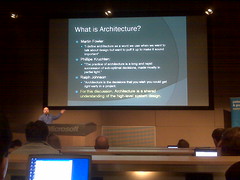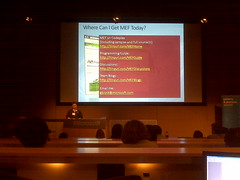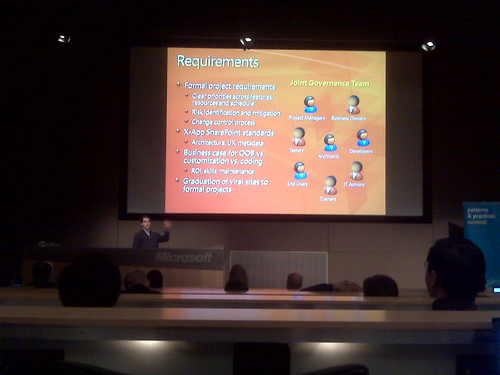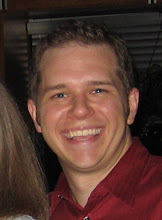Day 3 covered Architecture - Don Smith talked about investing in data access guidance, Jim Newkirk explain that pretty much everything is evoluntary design and Rocky Lhotka talked about architecture choices and frameworks. A tremendous amount of content - it is amazing how much it can either shape what you think or make you feel much more comforitable with the choices you have made. Then at night Microsoft Research talked about some interesting research areas in Software Engineering.
Day 4 focused on the Client - and this was one of the days that I was most excited about. My current project at work has a big focus on the usablity of the application - performance and scalablity is the official motivation for it, but I think the real hidden story (and will be the last tripod of the project's success) is going to be the usability of the application. They discussed Prism and Silverlight which are two interesting approaches. We have currently built applications using the Smart Client Software Factory (SCSF) and had great success with it and the Prism model looks much cleaner and sleaker. You aren't quite forced to use every pattern that p&p put in SCSF. I like being able to choose where and when I want to apply things. And Silverlight is just an awesome idea - but is still too bleeding edge for mainstream development yet (at least for us). I haven't spent enough time with Silverlight yet - so this might just be part of the learning curve that I'm in. Time will tell.
Today, we wrapped up with a look a the future of patterns and practices and keynote by Scott Guthrie. It was a great session - very interactive and we got to see how dedicated they are to developer platform and solving the real issues we have.

All in all, it was an awesome conference - I highly recommed it. Congratulations to Keith for another great conference.
Also - check out the flickr photo set from the conference...







